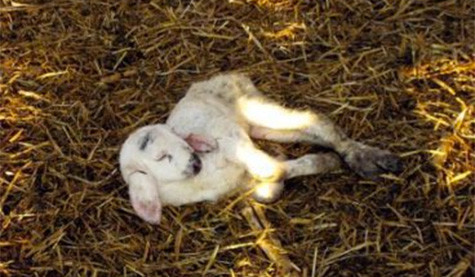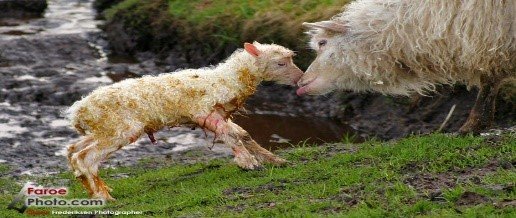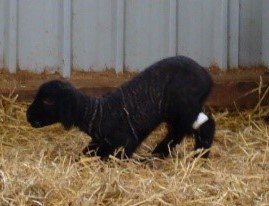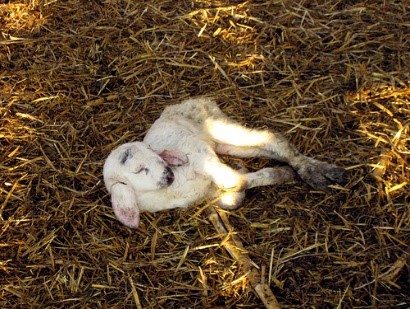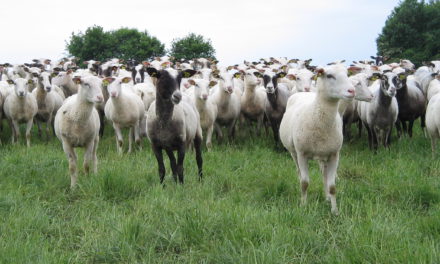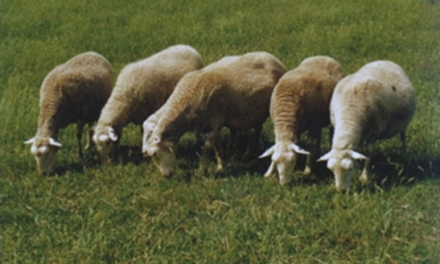This post is also available in:
![]()
![]()
![]()
![]()


Lamb Vigour
|
Why is lamb vigour important? |
- Rapid sucking of sufficient colostrum is vital for lamb survival: this provides nutrients to prevent starvation and hypothermia, immunoglobulins for disease prevention and plays a key role in ewe-lamb bonding
- Although ewes must cooperate with lamb sucking attempts, lambs need to be active and vigorous enough to be able to find their way to the udder, the ewe cannot influence this behaviour.
- Research has shown that lambs that suck quickly have better survival to weaning than lambs that are slow to suck
|
What influences lamb vigour? |
Lamb vigour is affected by a number of factors:
- Low birth weight lambs have lower vigour at birth than heavier lambs
- Lambs born from larger litters have lower vigour than lambs from smaller litters
- In some breeds male lambs are less vigorous than female lambs
- Lambs born after a long or difficult birth are less vigorous than lambs that have had an easy delivery
- Breed, line and sire within breed can all affect lamb vigour
|
How can we improve lamb vigour? |
- Paying attention to ewe nutrition to avoid low birth weight lambs will improve lamb vigour and ewe-lamb bonding at birth. This is particularly important for larger litters, and for inexperienced ewes where lambs are likely to be lighter.
- Avoiding long or complicated births will improve lamb activity and maternal behaviour ensuring that lambs suck more quickly. Birth difficulty is heritable, and can be selected against on farm.
- Lamb vigour is a also heritable trait – this means that it is possible to select for active lambs and this will improve survival. Scoring systems have been developed and tested to allow lamb vigour to be measured on farm.
|
Scoring for birth difficulty and lamb vigour |
|||||
|
As far as possible each lamb should be scored separately for each of these traits. There is good genetic correlation between lamb vigour and lamb sucking scores, so if scoring for vigour is difficult in your system, then this score can be omitted and only a sucking score recorded. |
|||||
|
|
Score 0 |
Score 1 |
Score 2 |
Score 3 |
Score 4 |
|
Birth difficulty |
Unassisted or easy uncomplicated delivery of short duration (<30 mins) |
Unassisted or easy uncomplicated delivery of longer duration (> 30 mins) |
Minor assistance required. Simple presentation corrected, little effort required to deliver the lamb |
Major assistance required. Difficult delivery requiring effort to deliver the lamb |
Veterinary assistance required |
|
Lamb vigour (recorded at 5 minutes after birth) |
Extremely active and vigorous, lamb standing within 5 minutes of birth
|
Very active and vigorous lamb, able to support weight on knees and back legs
|
Active lamb, able to support weight on chest and knees
|
Weak lamb, lying flat but able to raise head
|
Very weak lamb, unable to life head, little movement
|
|
Lamb sucking |
Lamb sucking well unaided within 1 hour of birth |
Lamb sucking unaided within 2 hours of birth |
Lamb given some sucking assistance (no more than 2 occasions in first 24 hours of life) |
Lamb given sucking assistance 2+ times, and for more than 24 hours, but less than 3 days |
Lamb requiring sucking assistance for more than 3 days |
|
Take home message |
Lambs that score 0 or 1 on this scale are the most active and least likely to need any assistance to survive. Lambs soring 3 or 4 are likely to need more assistance and will have reduced survivability. Choosing rams that produce a higher proportion of lambs that are scoring 0 or 1, and avoiding rams that produce lambs that score 3 or 4 will reduce labour at lambing and improve lamb survival.

